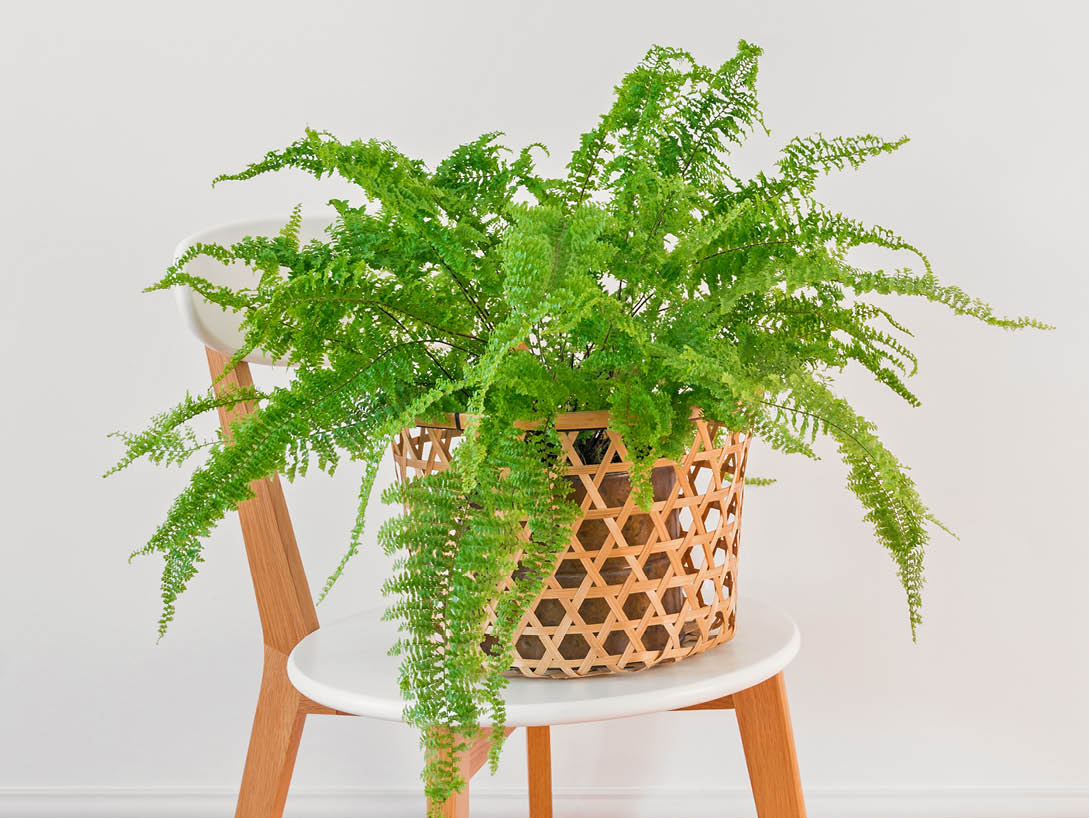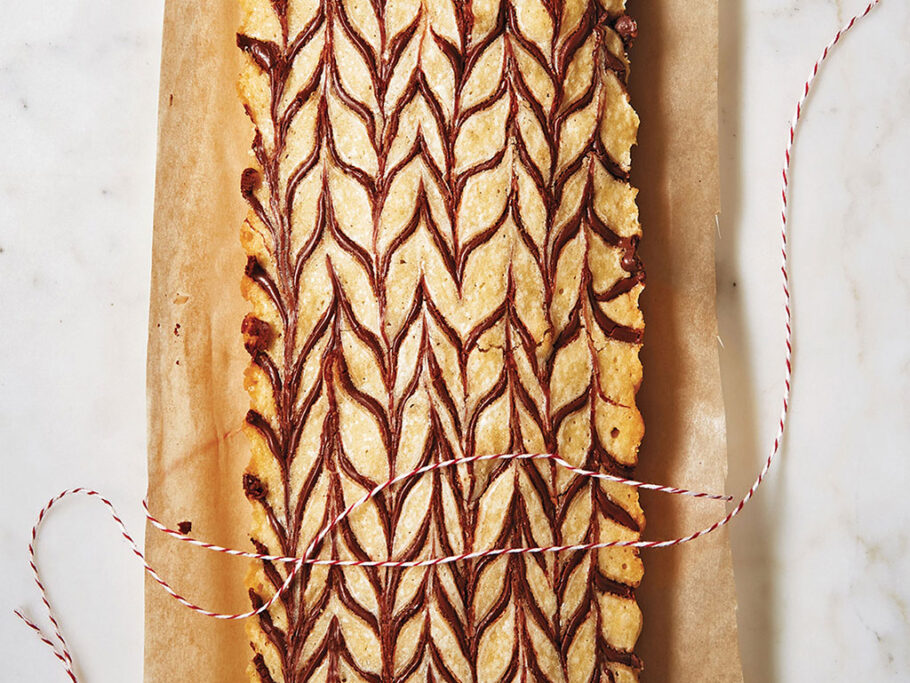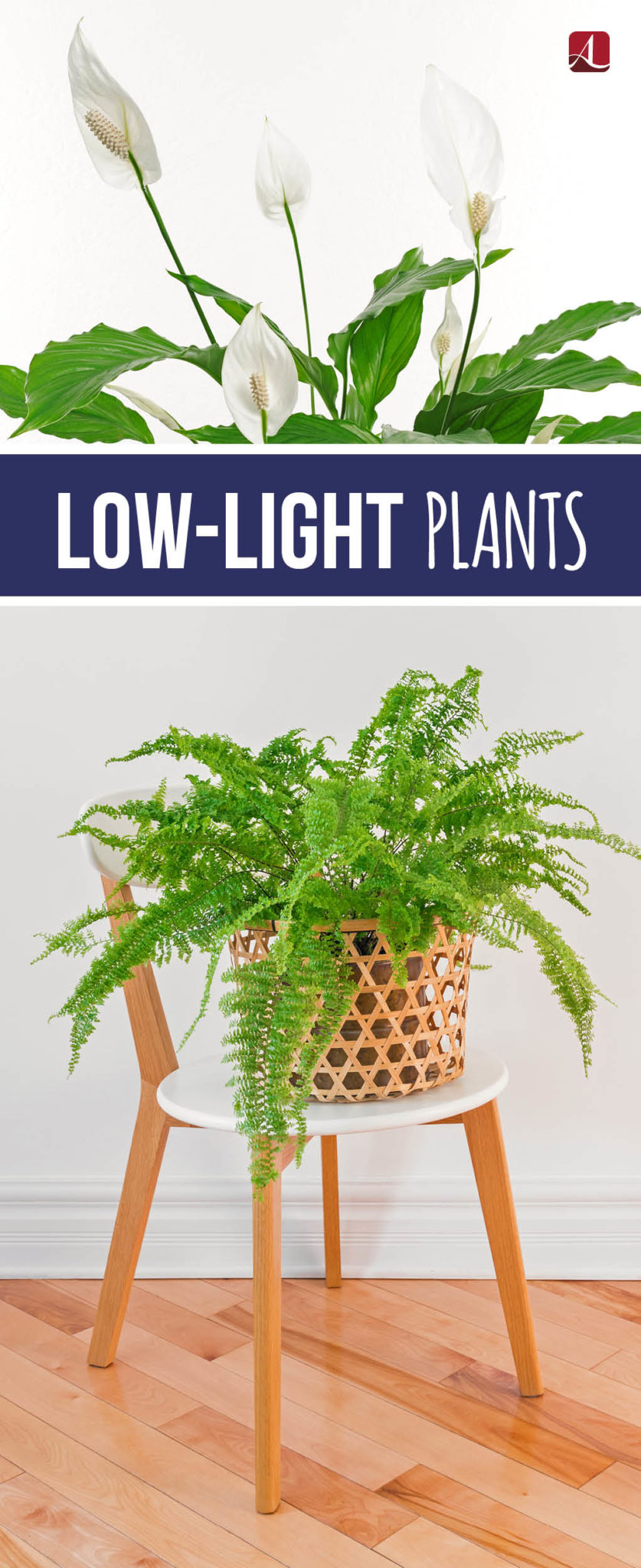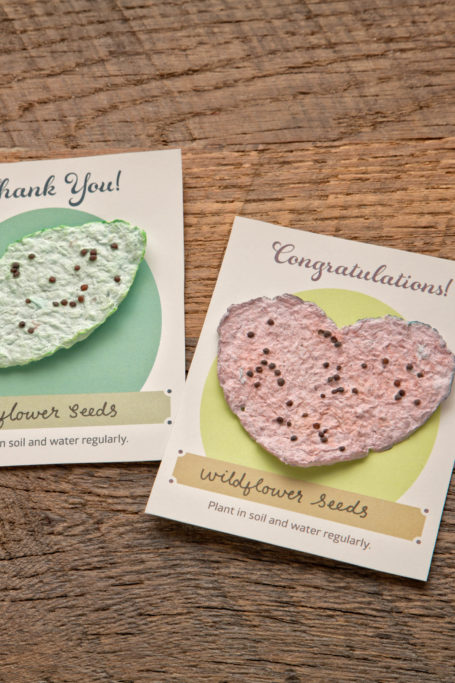No Light? These Plants are Just Right
Although the wintertime is dark and dreary, there’s no reason you can’t keep your home feeling like spring. These indoor plants require little-to-no natural sunlight and will surely add a sense of cheerfulness to your interior space.

Pothos
This popular low-light lover will thrive in any space as long as it’s kept out of full sun. Pothos comes in a variety of colors, including dark green, white and green, yellow and green, and spotted silver. Due to its impressive vines, this plant looks best when it’s displayed in a hanging basket. Simply water when the soil feels dry, and trim back the vines if they start to get too long.

Boston Fern
Ferns are a popular greenery, especially when it comes to interior design. If you’re in search of a plant that is sure to add a vibrant green hue to your indoor space, consider the Boston fern. It does best in a humid, partially shady location, and its arching leaves will be on full display in baskets.
Cast Iron Plant
Have bad luck when it comes to keeping plants alive? Not to fear! This dark green plant actually thrives on neglect and darkness, only requiring an occasional watering. While it’s primarily a self-sufficient plant, it does require some extra space to spread. It can grow to 2 feet tall, so it’s best suited for a large pot and the corner of a low-light room—think basement or office.

Peace Lily
This simple and elegant plant certainly lives up to its name. Its pure white flowers on tall graceful stems make for a beautiful indoor addition. The best part? Its vibrant green leaves look just as pretty even when the flowers aren’t blooming. It does well in low-light rooms, but it does require regular watering and will wilt if it’s allowed to dry out.
English Ivy
Ivy is known for its lush and trailing foliage. English ivy comes in a wide variety of colors and thrives in a low-light setting. It’s the perfect choice if you have a boring space that could use a little sprucing up. Since ivy does have the tendency to spread, it’s a good idea to learn how to train English ivy to grow into a variety of topiary shapes. Keep in mind that the plant can be bothered by certain pests, so it’s necessary to regularly mist.
































